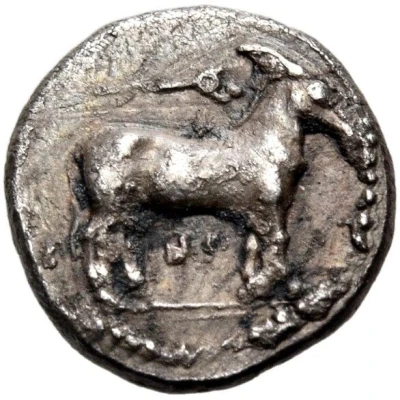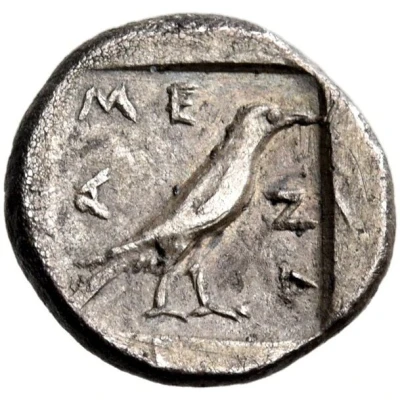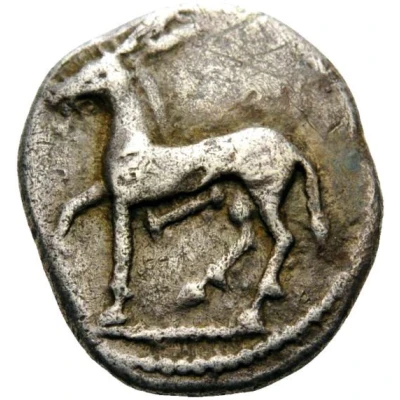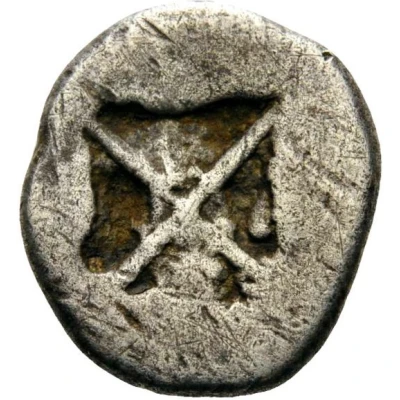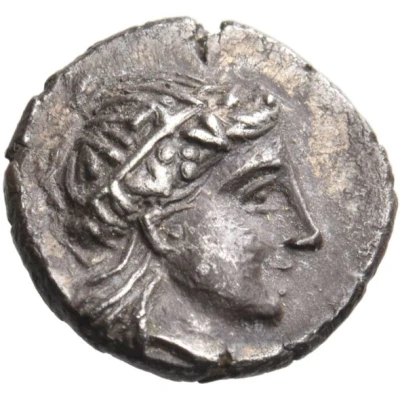
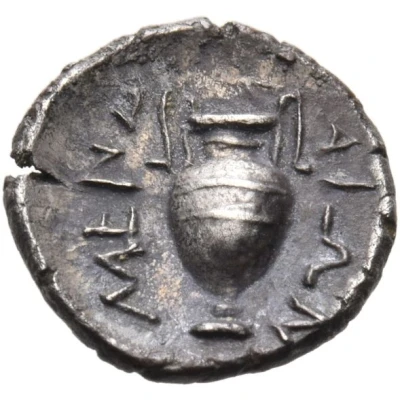

© Nomos AG
Diobol 400 BC - 300 BC
| Silver | 0.93 g | 11 mm |
| Issuer | Mende (Macedon) |
|---|---|
| Type | Standard circulation coin |
| Years | 400 BC - 300 BC |
| Value | Diobol (⅓) |
| Currency | Drachm |
| Composition | Silver |
| Weight | 0.93 g |
| Diameter | 11 mm |
| Shape | Round (irregular) |
| Technique | Hammered |
| Orientation | Variable alignment ↺ |
| Demonetized | Yes |
| Updated | 2024-10-10 |
| Numista | N#423724 |
|---|---|
| Rarity index | 100% |
Reverse
Wide-mouthed amphora with high handles.
Script: Greek
Lettering:
ΜΕΝΔ
ΑΙΩΝ
Interesting fact
The Diobol coin was used as a form of currency in ancient Macedon during the 4th century BC. Its name "Diobol" comes from the Greek word "diobolon," which means "two obols," referring to the coin's value, which was equivalent to two obols. The obol was a unit of weight and currency in ancient Greece, and one obol was equal to 0.65 grams of barley. Therefore, the Diobol coin was worth two times that amount, or 1.3 grams of barley. This coin was made of silver and weighed 0.93 grams, which was a significant amount of silver for a coin at that time.
